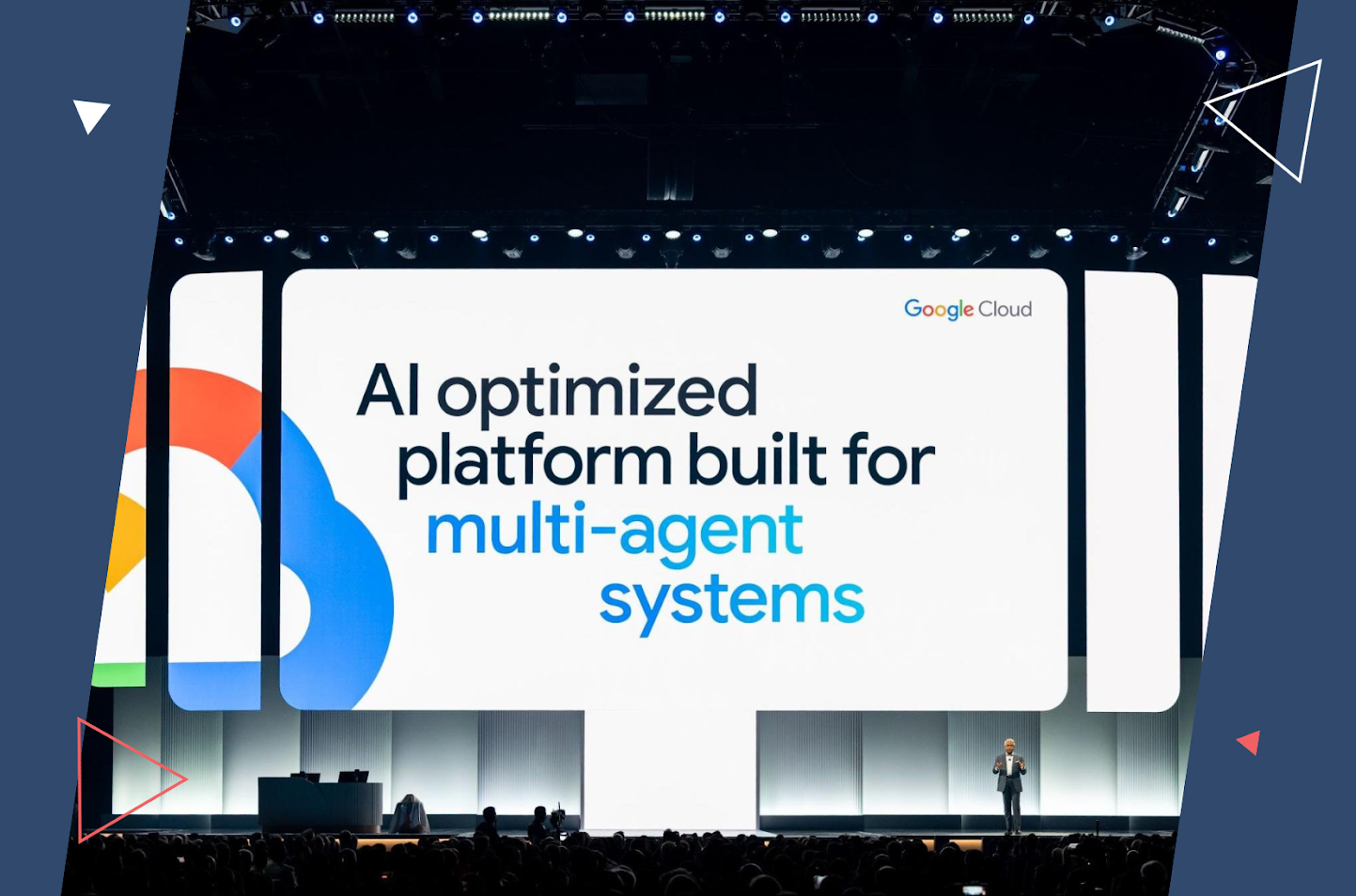Is synthetic data here to stay in the technology domain – or is it just another fad? In 2021, Gartner predicted that “by 2024, 60% of the data used for AI and machine learning projects will be synthetic data.” With the evolution of large language models (LLMs), this prediction proved correct in 2024.
Gartner further predicts that synthetic data will outrun real data in AI projects by 2030. According to Gartner experts, synthetic data will be the future of AI. Once regarded as a “cheap substitute” for “real” data, synthetic data is now being used to improve the accuracy of machine learning (ML) models.
It’s not surprising that the global market for synthetic data is set to reach $3.1 billion by 2031. As an advanced dataset, synthetic data can overcome weaknesses like “biased” AI models.
What is synthetic data?
Simply put, synthetic data is artificially generated data using AI-powered algorithms. It differs from real data generated by real-world business processes or user transactions.
Why is synthetic data preferred over real data? Data-driven enterprises find it expensive and time-consuming to generate high-quality data from real-world operations. Additionally, real data may suffer from bias or poor quality, which can impact the outcome of AI-powered models.
Alternatively, synthetic data is cost-effective, accurate, and faster to generate. Further, enterprises can generate massive volumes of synthetic data based on their use cases and requirements.
How is synthetic data generated? AI-powered algorithms use “original” data to create new data with similar characteristics. The existing dataset is reproduced for its statistical parameters and data patterns – and by modeling and sampling its probability distribution. Thus, synthetic data has the same capabilities as the original data – but without the data privacy concerns that hamper the use of real-world data.
How can data-driven enterprises generate synthetic data? By using a synthetic data generator. Onix has recently announced the launch of its AI-powered synthetic data generator, Kingfisher, which is designed to accelerate AI development in the coming years.
Most synthetic data generators rely on existing datasets—they take a load of data, analyze it, and mimic its properties. But what if you don’t have access to any data to begin with? That’s where Kingfisher breaks the wall. Instead of requiring real data as a starting point, Kingfisher understands business logic, statistical models, and domain rules to generate high-quality synthetic data from scratch.
Context-aware synthetic data generation
Unlike basic data generators that produce random values, Kingfisher takes a smarter approach. It starts with the schema and application context to generate a canonical model. Additionally, where possible, it understands the statistical properties of existing datasets, then extrapolates and generates new data that mirrors those properties—ensuring realism without compromising security.
How It Works
- Application Context
- Analyze the schema of the data, and the associate code, SQL, etc
- Identify the infotypes
- Create a canonical model
- Deep Data Profiling
- Kingfisher next analyzes your dataset using advanced data profilers to extract key statistical properties.
- It detects data patterns, distributions, correlations, outliers, and dependencies—understanding the shape and structure of your data.
- Flexible, UI-Driven Generation
- Users can fine-tune the data generation process using the UI, ensuring full control over the output.
Whether you need structured data, time-series simulations, or categorical distributions, Kingfisher lets you generate data programmatically with precision and scalability.
Pretty great, right? Now, let’s take a look at the benefits of synthetic data and why it’s such a useful approach.
Benefits of synthetic data in AI projects
As compared to real-world data, here’s how synthetic data can benefit any AI project:
-
Data accuracy
Enterprises want to power their AI models with diverse and accurate data. However, in reality, it’s both time-consuming and expensive to collect diverse data which includes rare real-life events and scenarios.
On the other hand, synthetic data generation with Generative AI can even simulate rare real-world scenarios, thus ensuring both cost-efficiency and accuracy. A diverse data representation can also eliminate bias in AI models, which is directly caused by training them on a limited dataset.
One successful case study is that of Google Deepmind training its AI-powered AlphaGeometry model to address complex problems in geometry.
-
Faster validation of AI systems
Collecting real-world data is both a time-consuming and expensive process. Without real-time data, AI models often fail to produce relevant insights due to the delay in data collection. Hence, data or quality engineers are unable to validate their AI model (or system) through data testing.
On the other hand, synthetic data enables faster validation of AI systems as there’s no delay in generating this data. Furthermore, AI systems are validated for real-world scenarios that are yet to occur – for instance, to test the safety quotient of a self-driving vehicle controlled by an AI system.
Synthetic data: real-world use cases
Here are some real-world use cases (or applications) where enterprises can use synthetic data:
-
Data Migration and Modernization
In data engineering, synthetic data helps streamline cloud migration and modernization by providing secure, production-like data without regulatory hurdles. It supports functional, load, and smoke testing, ensuring data integrity and system performance. This accelerates migration while reducing costs and risks. Read the complete case study here.
-
AI model training
AI or machine learning models can benefit after being trained on synthetic data. As compared to real-world data, AI-generated synthetic data is larger in volume and accuracy, thus enabling the detection of hidden data patterns and anomalies.
For example, in the healthcare domain, AI models can be used to test new treatment methods without accessing real-life patient records (which raises privacy concerns). Similarly, AI models in the finance domain can detect any fraudulent transaction based on “suspicious” data patterns.
-
Software testing and validation
By “mimicking” real data, synthetic data can help in software testing and validation. Real data in software testing can pose a host of challenges such as inaccuracy, data sensitivity, or the presence of “data gaps.” On the other hand, synthetic data is complete, accurate, and is not subject to data privacy rules.
Here are some of its added benefits:
- Data is customized for specific use cases or requirements.
- Sufficient data is available without the need to sift through massive datasets.
- Data is available at any given time – without the need for any external assistance.
-
Scenario simulation
Synthetic data can effectively help in simulating real-world scenarios by using the statistical properties of real datasets. Additionally, it can simulate rare occurrences that are difficult to emulate using real-world data. For instance, it can be used to develop and test solutions for autonomous vehicles in a simulated environment.
Synthetic data: challenges and consideration
While synthetic data is beneficial, enterprises must also consider the following requirements before using it in their AI projects:
-
Data quality
Before use, enterprises must first check the quality of synthetic data in terms of accuracy, completeness, and reliability. Using automated testing tools, they must first check for any discrepancy between the real-world and synthetic datasets. This enables them to identify any potential issues before deploying the synthetic data for AI models.
-
Bias reduction
To some extent, synthetic data can reduce bias in AI models by providing access to diverse datasets. However, synthetic datasets can still produce bias when they inherit from real-world data models.
To ensure bias-free synthetic datasets, here are some actions to consider:
- Check the data variables used to generate synthetic data. Avoid any wrong variables and identify any correlations.
- Monitor for changes in the original data source, as data manipulation can deliver biased results or inaccurate data.
Conclusion
In a data-driven business domain, synthetic data is the right solution that can improve the accuracy of AI-powered models – without compromising data privacy.
Onix’s Kingfisher tool is an AI-powered synthetic data generator designed for the massive and diverse data requirements of modern AI tools. This tool overcomes a host of challenges, including:
- Data availability
- Data privacy and compliance requirements
- Data complexity
If you want to know more, book a demo with us today.









